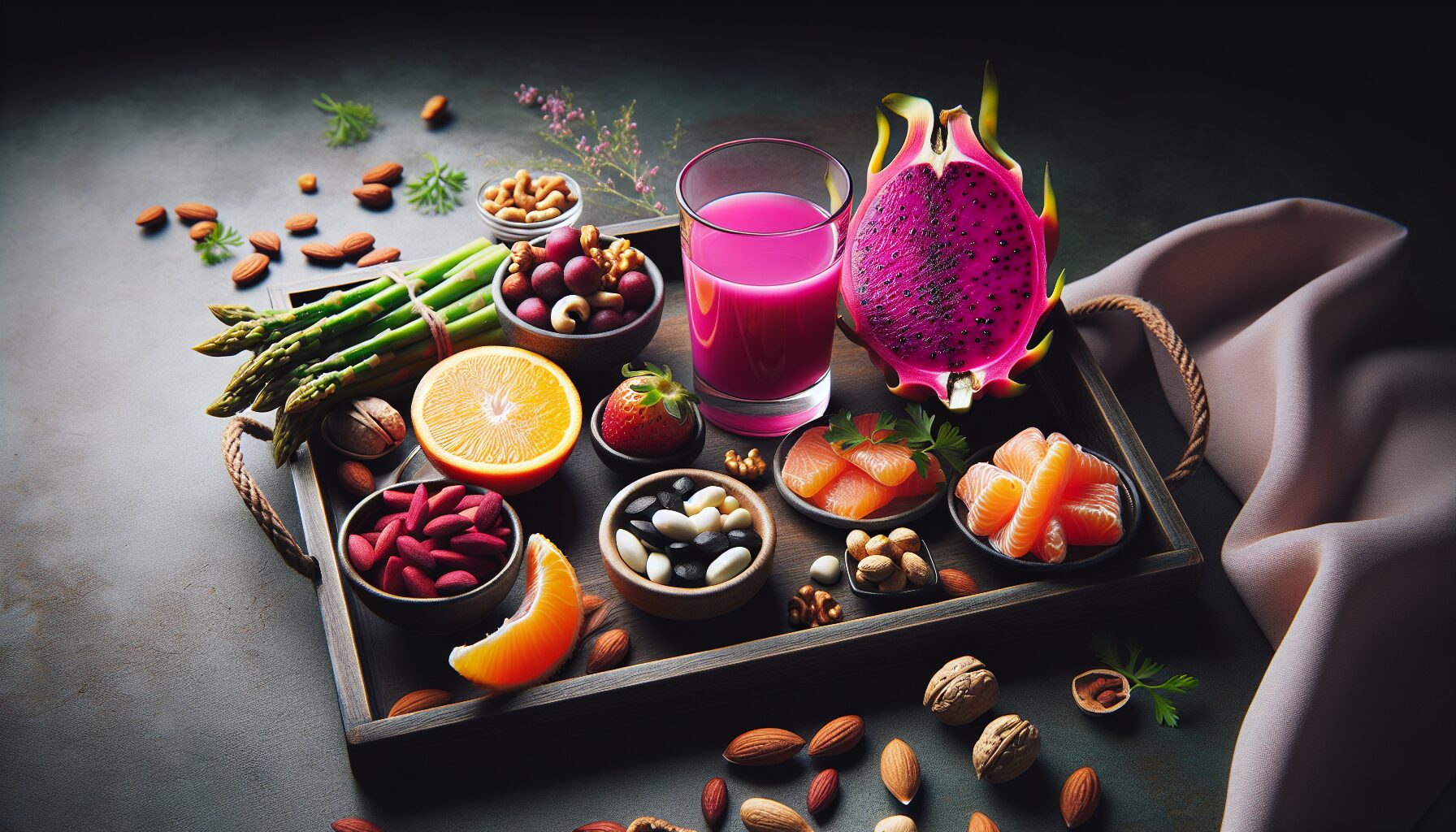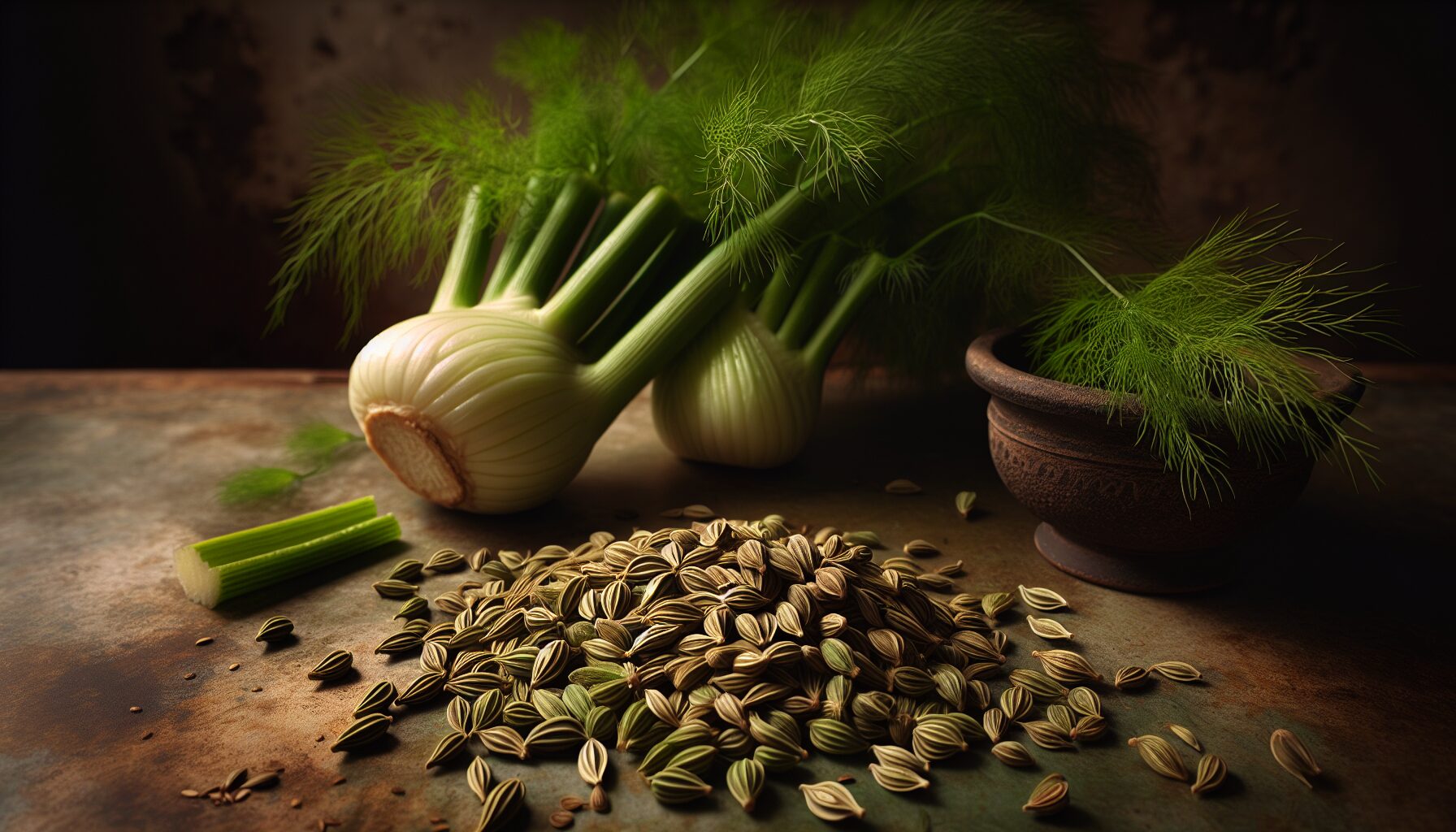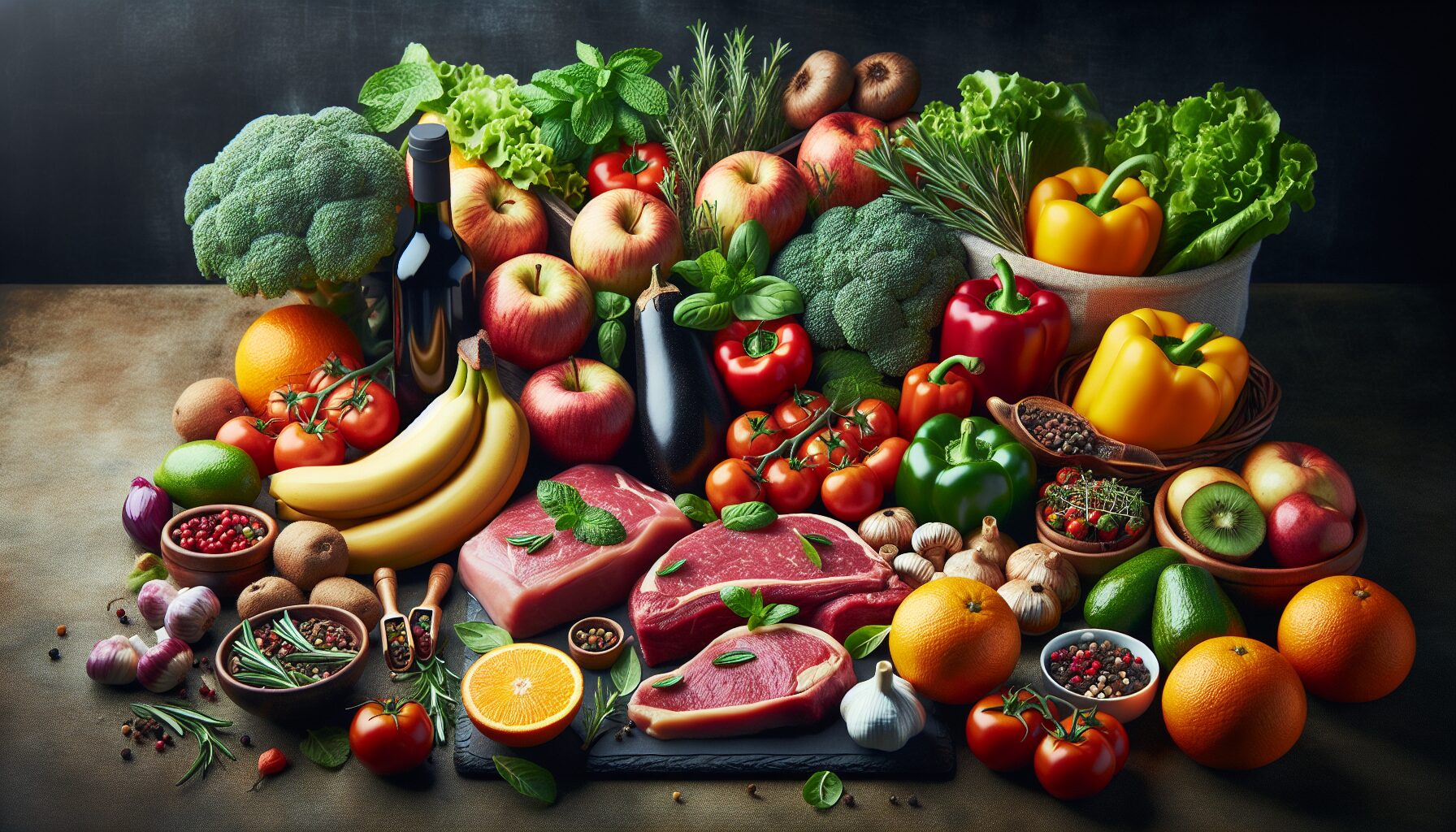
Benefits Of Fresh Produce: Freshness And Nutrient Density
Fresh produce just seems to taste better and may seem to have more benefits too, based on how you may feel after eating fresh foods. Eating more fresh produce is of growing concern to consumers, who are becoming more and more health conscious. There is a parallel growing demand for high quality fruits and vegetables.
Some people seem to find that more local and fresh produce simply tastes better and may have more nutritional value. There are many studies revealing how people find fresh foods as tasting better, with dieticians sharing this view. Finding scientific reasoning for this is slightly more difficult but can be explained. Taste differences tend to be because of nutrient quality.
Fresh produce just means fresh food. That can be fruits, vegetables or meats, that come straight from the source with minimal processing and transport before it reaches a customer. One example would be when you go to Spain and ask for fresh orange juice. You know that the oranges used have most likely been freshly picked and made into a juice for you. This means the nutrient quality is also, most likely, going to be higher.
Eating a diet rich in fresh fruits and vegetables is strongly associated with benefits for gastrointestinal health, vision, diabetics, risk of heart diseases and strokes. Some fresh foods are linked with reductions in cancer development. This is largely due to the antioxidant phytochemicals within fruits, herbs and vegetables. These compounds influence tissue detoxification processes and cell recovery. However, the amounts of these nutrients are influenced by how fresh the produce is.
In this short article, we will consider how fresh produce can have benefits on your daily nutrient intake and therefore your overall wellbeing.

Higher Food Quality Of Fresh Produce
There is clearly a difference between food that has been grown locally and eaten compared to foods that are transported across large distances. Over time, foods seem to go rancid. That means they accumulate oxidative damage and are not as nutritious or fresh, compared to when they were first picked.
Oxidation Of Foods
One example of how quickly some foods can go off or lose nutrient quality is with avocados. Avocados contain many very important nutrients. However, avocados can be very adversely affected through transportation and temperature. Once the fruit is left in a moderate temperature for too long or is bruised, the fruit goes brown. This is because many of the nutrients in the avocado fruit have overripened and gone rancid. That happens when natural levels of antioxidants in fruits drop and can no longer sustain the nutrients and components within a fruit.
This is a process can happen, or be accelerated, through long distance transport. One name for this is lipid oxidation, when this occurs in fatty acids, or oxidation for nutrients in general. Avocados are really rich in healthy fatty acids which are particularly vulnerable to oxidation. As you can imagine, making sure avocados don’t overripen before they reach the supermarket is a massive logistical issue. This can be a very costly thing and is a massive example of how really fresh foods can have added benefits.
The healthy fatty acids in avocado can help to support optimal cardiovascular health, through optimal cholesterol levels, while they also help to promote optimal brain health. Reduced amounts of key nutrients, like healthy fatty acids, from eating less fresh produce can reduce the total benefits of eating the food.
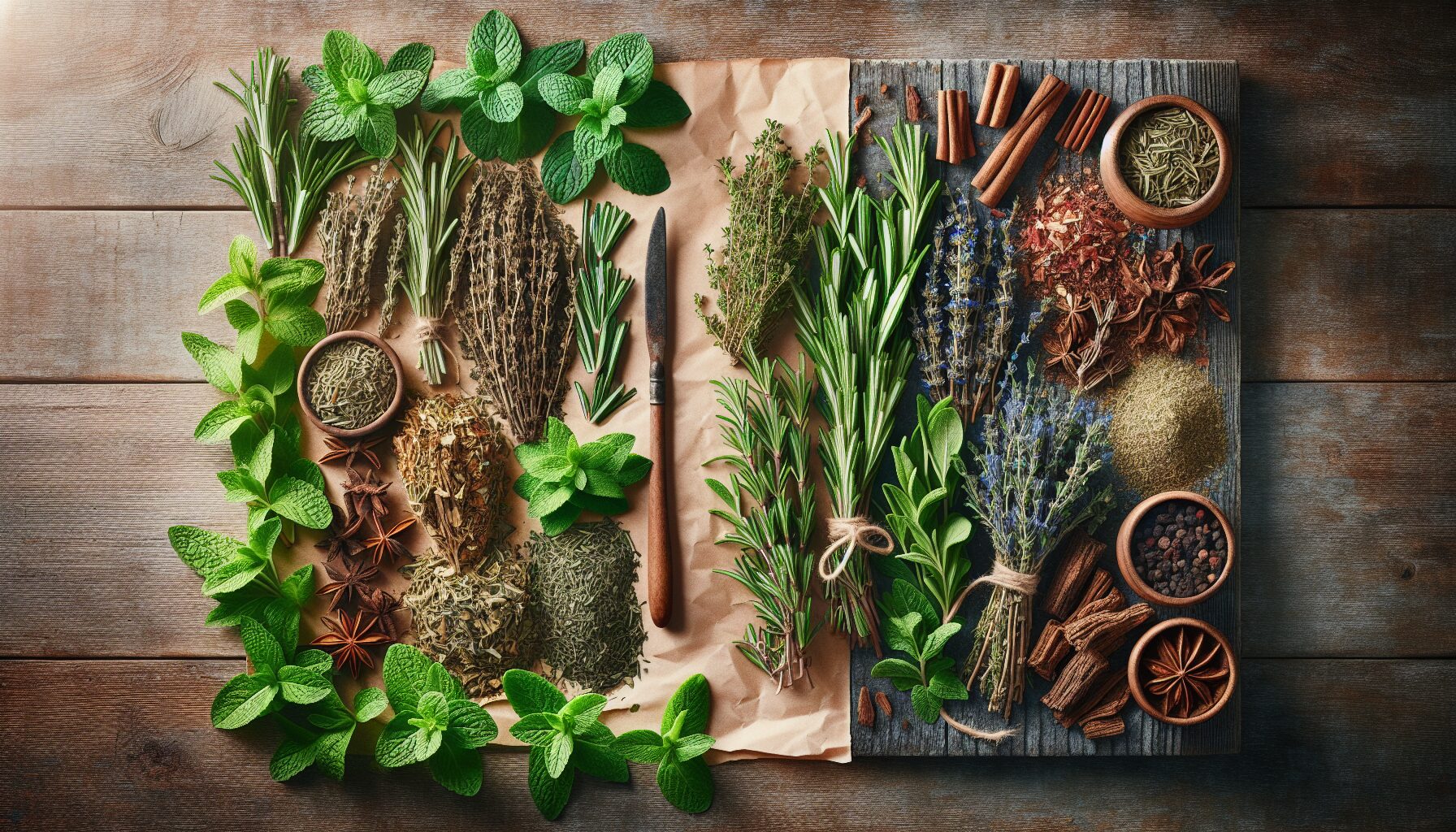
Fresh Produce Vs Processed Foods
Processed foods in particular go through high pressure and temperature treatments. These can alter the nutrient content of our food. Particularly the vitamin and mineral content. Some food processes are more detrimental to nutrient content than others. There are a lot of studies that reveal the effects of temperature processing and how this changes the nutrient content of food.
Obtaining the right nutrients from our food, such as vitamins and minerals, is massively important for our overall wellbeing. They play a big role in supporting our health on a day-to-day basis and also in long term disease prevention. While ultra-processed and high processed fat or starch-based foods offer little nutrient benefit in the long term, fresh foods are abundant in nutrients. Some junk foods actually have health consequences as well.
The amounts of vitamins, minerals and amino acids we can intake from our food is thought to be higher in fresh produce than processed foods offering more benefits. That does not necessarily mean organic food, although organic food is also generally thought to have a higher nutritional value. Although this is factually contested, that is likely because of the way organic food is grown or treated compared to foods grown in an agriculturally intensive way.
There is a relationship between suffers of certain inflammatory diseases and their daily diet. Consumption of fresh fruit and vegetables seems to also effect overall disease risk. Especially risk of age-related disorders. That is because of the high nutrient value of many fruits, herbs and vegetables. Having more fresh produce may therefore improve overall intake of nutrients and also improve disease prevention, offering more benefits than foods that are processed.
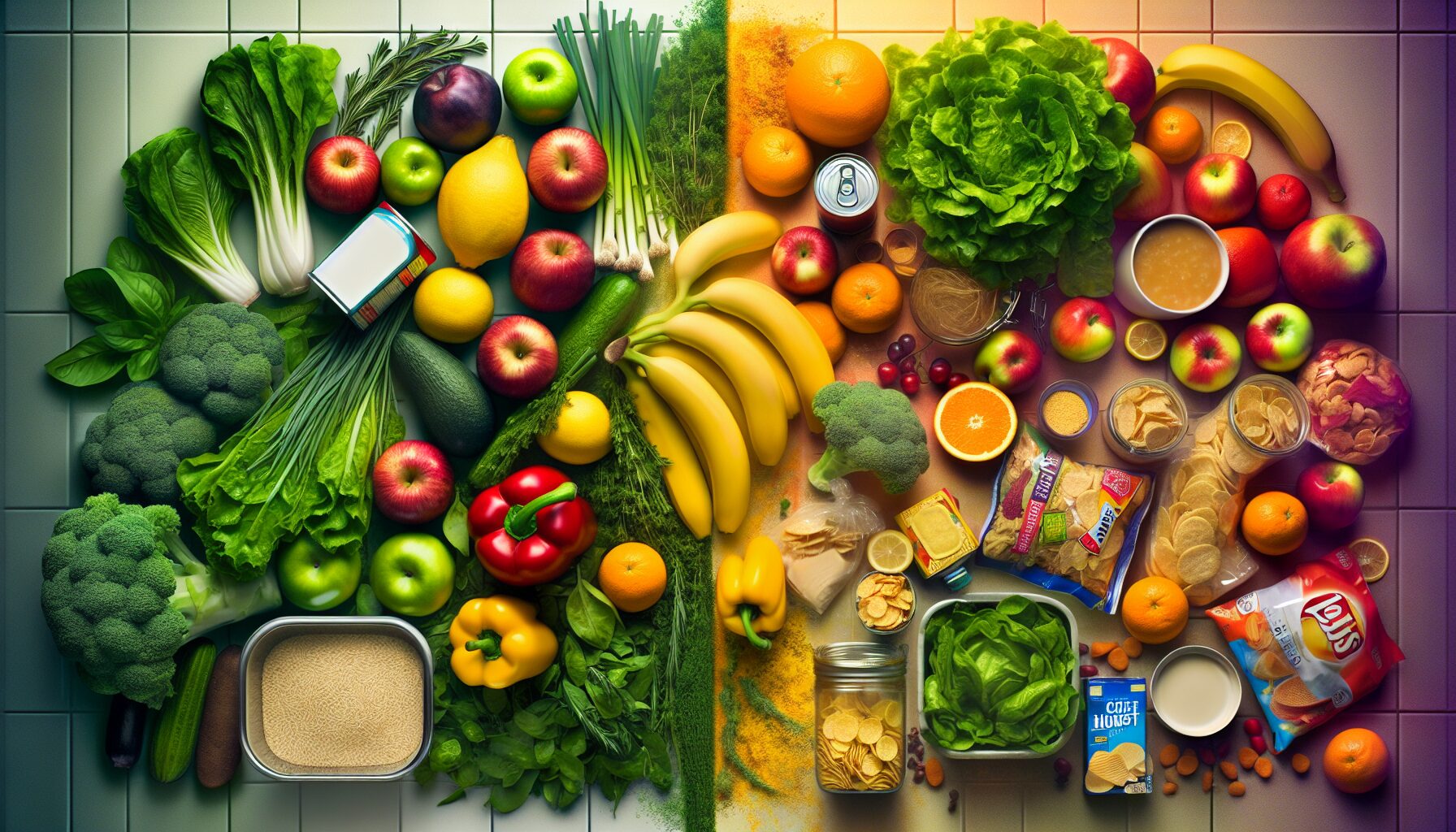
Antioxidant Levels In Fresh Produce
Chronic inflammation is often worsened by deficiencies in key antioxidants. Ensuring you are regularly eating healthy levels of antioxidants, including vitamins C and E, is central to maintaining optimal health.
An example group of non-vitamin antioxidants are flavonoids. These are found in plants and are also thought to have preventative effects on diseases. Flavonoids may have antioxidant, anti-diabetic and anti-inflammatory properties. For example, quercetin, is a flavonoid that is naturally high in many fresh fruits, herbs and vegetables. This polyphenolic antioxidant molecule has potential to promote optimal cardiovascular and brain health.
However, flavonoids are particularly susceptible to damages that can occur through food processing. That means foods can lose significant amounts of these beneficial nutrients. This extends to other micronutrients that can also be lost in food processing, because all natural molecules degrade.
Levels of antioxidants in fresh produce are higher than in processed foods, or those that have been transported across long distances. That suggests added benefits of consuming more fresh produce, because they are higher in health promoting antioxidants. Many micronutrient losses occur in the supply chain, from transportation. These losses in nutrient density are because of the oxidative damage which can occur over time. The nutritional quality of many processed fruits and vegetables is considered to depend on antioxidant content. Particularly the quantities of vitamin C and antioxidant phytochemicals.
Because the fruits, seeds, meats or vegetables are no longer living they are very prone to oxidative damages. Foods with strong peels do tend to keep the nutrients inside foods as fresh as possible. However, some foods can experience a 40% to 50% loss of nutritional content. Drying is a natural food preservation technique but loss of moisture means that there is an overall loss of bioactive compounds within the fruit.

Summary
Consumer interest in fresh produce, particularly fruits and vegetables has improved considerably. This is thought to be due to an emerging type of health-conscious consumer. Many people just seem to find that consuming more local and fresh produce simply tastes better too.
Taste differences tend to be because of nutrient quality. Fresh produce is universally recognized as having a higher nutrient quality compared to processed foods, or foods that have a large transportation distance. Fresh produce has not accumulated as much oxidative damage as processed foods, which have a poorer nutrient content. These reductions in nutrient content reduce the overall benefit of eating the foods we eat.
Avocados, for example, are prone to oxidation through large distance transportation. That means they may have less benefits, through reduced nutrition. Variations in vitamin and mineral content occur with high temperature processing. These nutrients play a role in maintaining our health. There is a relationship between suffers of certain inflammatory diseases and their daily diet. Higher nutrient status reduces risk of developing diseases. Eating fresh fruit and vegetables may also affect overall disease risk. Especially risk of age-related disorders.
Healthy levels of antioxidants are also central to maintaining optimal health. Food processing and transportation cause micronutrients or bioactive compounds to be lost in foods. This takes away from the benefits of the food and is another reason why fresh produce may be healthier. Some antioxidant plant compounds include flavonoids such as quercetin. The nutritional quality of many processed fruits and vegetables is considered to depend on antioxidant content.
Fresh produce is thought to be richer in certain nutrients than processed foods, or foods that have been transported through large distances, which may mean they have more benefits when eaten.
For more interesting articles, see the main articles page.



